-
×
-
×
-
×
Transform your aquatic environment with the beautiful Bulgarian Seal Point Angelfish, a colorful tropical cichlid perfect for novice fish enthusiasts seeking healthy aquarium fish., Easy Care Fish for Beginners and Enthusiasts 1 × £24.19
-
×
-
×
-
×
-
×
Subtotal: £201.77



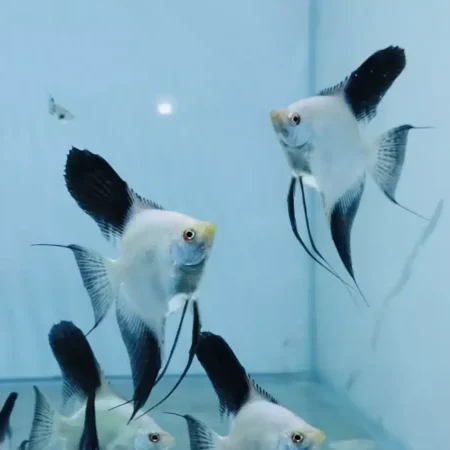 Transform your aquatic environment with the beautiful Bulgarian Seal Point Angelfish, a colorful tropical cichlid perfect for novice fish enthusiasts seeking healthy aquarium fish., Easy Care Fish for Beginners and Enthusiasts
Transform your aquatic environment with the beautiful Bulgarian Seal Point Angelfish, a colorful tropical cichlid perfect for novice fish enthusiasts seeking healthy aquarium fish., Easy Care Fish for Beginners and Enthusiasts 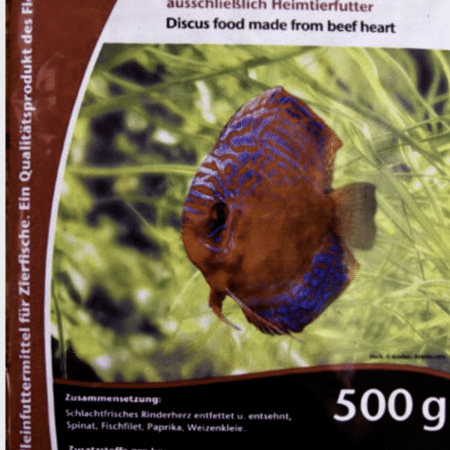

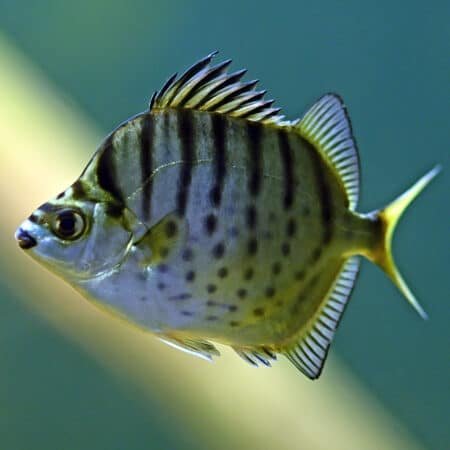
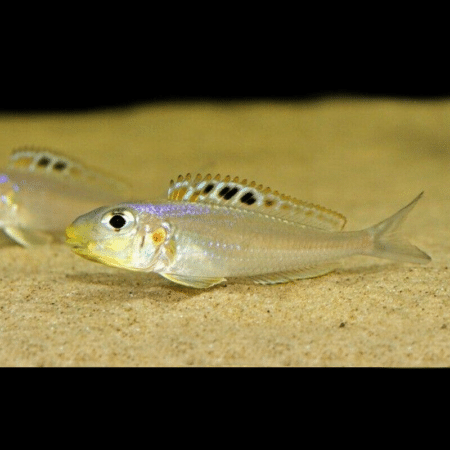
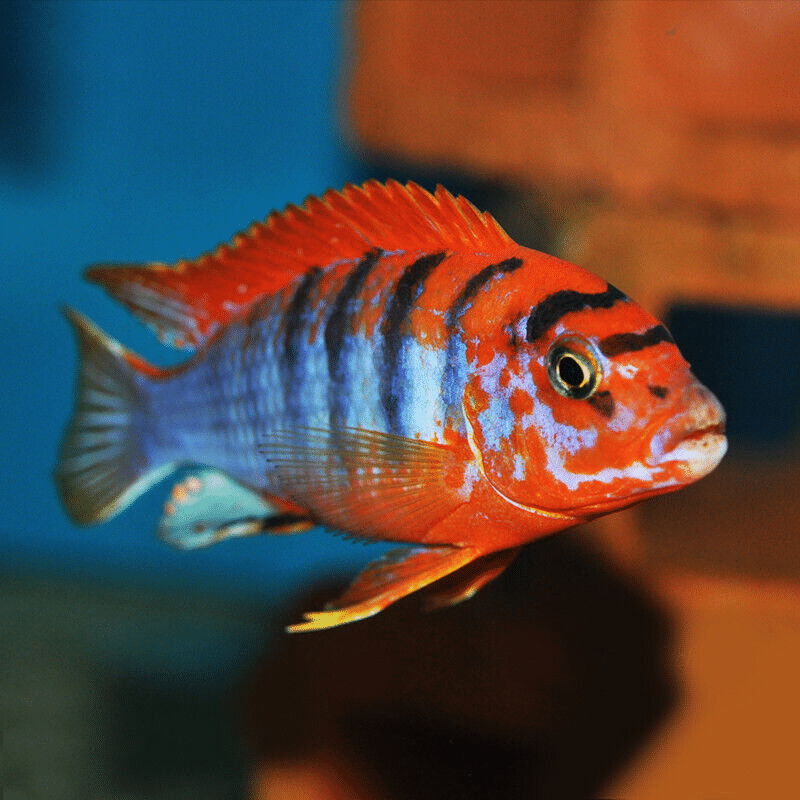
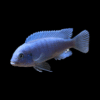










Emily Carter (verified owner) –
I’ve been an aquarium enthusiast for over five years, and I recently added the Sweden Hongi Cichlid to my tank, and I couldn’t be happier! From the moment I introduced it to my 75-gallon Lake Malawi setup, it became the star of the show. The bright orange and blue colors are stunning, and they really pop against my lush aquarium plants, creating a beautiful underwater landscape.
After about two months of observation, I’ve noticed my Hongi is not only vibrant but also incredibly active and social with my other cichlids. I’ve seen it interact playfully with its tank mates, which reassures me of its well-being. Compared to other cichlids I’ve kept, like the electric yellow, this guy has a much more engaging personality!
One minor hiccup was its initial shyness; it took a few days to acclimate, but patience paid off. If you’re considering getting a cichlid, I highly recommend the Sweden Hongi for its beauty and lively nature. It’s perfect for both intermediate and experienced hobbyists. Just remember to provide ample hiding spots with plants, as they appreciate that for comfort. I can’t wait to see how it grows in my tank!